Companies involved in the F-35 programme are considering laser weapon concepts for use by the aircraft.
Last year, a press briefing in the Netherlands for the F-35 has restarted the rumour mill that the F-35 will be one of the platforms that will eventually feature laser based weapons technology.
In addition, it was reported last month that F-35 engine makers Pratt & Whitney are refining their proposed upgrade path for the F135 Joint Strike Fighter engine to include increased power and thermal management capability following feedback on its initially proposed upgrade package from the F-35 Joint Program Office. Additional power and thermal management capability will enable the use of directed-energy weapons and other advanced offensive and defensive systems and we understand that, if approved, would feature in an upgrade package called Growth Option 2.0.
The UK also recently announced its interest in demonstrating a directed energy based defence system, similar to Phalanx, for its warships.
Lockheed Martin, Notre Dame University, DARPA and the Air Force Research Lab last year started flight testing a streamlined and miniaturised airborne laser turret.
The turret allows for 360 degree aiming coverage for directed energy weapons that will be flying on military aircraft in the not so distant future and is able to rapidly aim at targets and focus a directed energy burst through the atmosphere at those targets to disable or destroy them.
Lockheed senior fellow for laser and sensor systems said at a media briefing:
“We’re looking at concepts for the integration of a laser weapon onto the F-35. We’re also looking at the utility and doing models and calculations so you would understand the utility of a leaser weapon system in the F-35.”
General Ellen Pawlikowski, commander of Air Force Materiel Command, said recently that the US Air Force is continuing efforts to field directed energy weapons:
“I think we’re on the cusp of actually being able to field a true laser weapon within the next five to six years. We’ve got an activity that’s going forward, to put a laser on a fighter aircraft, not to blow up scud missiles or to win in a dogfight, but as an air defence.”
Rumours and speculation are rife but at a time where directed energy based technology is fast being adopted by the military, we can only expect them to become more common.


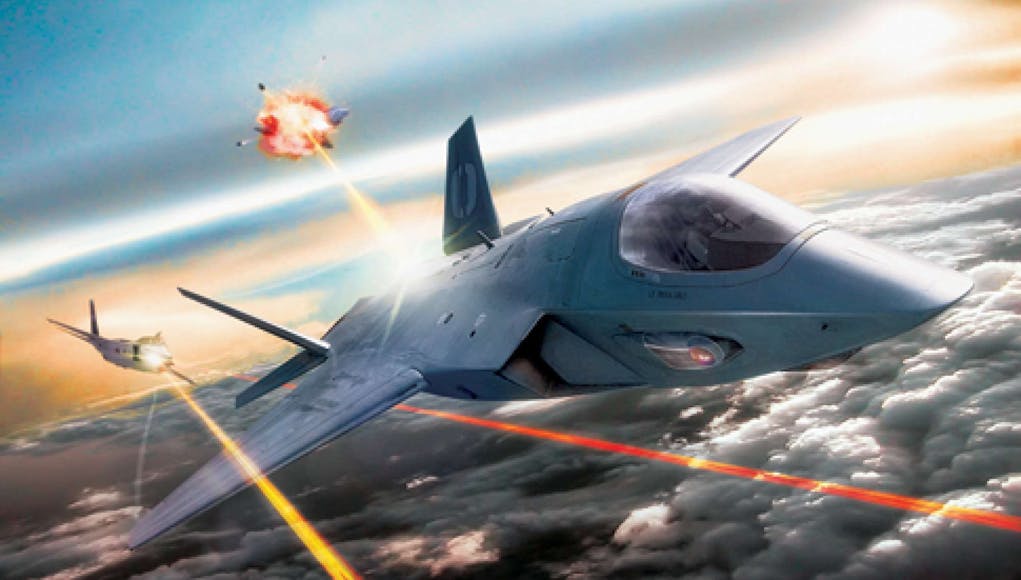
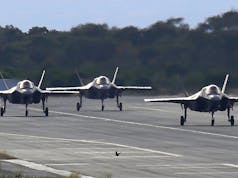
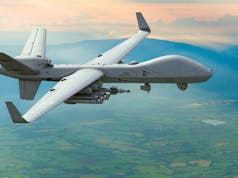
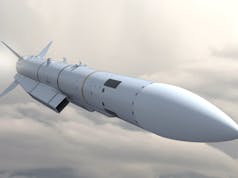

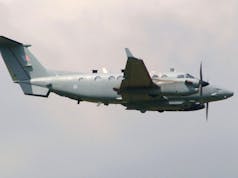

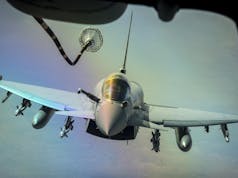




“F135 Joint Strike Fighter engine to include increased power and thermal management capability following feedback on its initially proposed upgrade package from the F-35 Joint Program Office”.
Rolls Royce Ej 230 should fit the bill nicely for typhoon?
one problem may be the loss of stealth quality, due to the weapon needing to be mounted internally recharging power to a weapon may mean furthur software updates(if the yanks will let us in on it).
The UK is already developing one called Dragonfire arent they?
Yes but Andrew Dragonfire is a ship based design I don’t know if it’s capable of Fixed wing or attack jet capabilities as to it’s size, I could be wrong but from the photos it looked too large to fit on the f35 or typhoon
Hopefully,
baby steps, will get us there.
To give credit to the MoD, this does seem to be something we are seeking to develop a sovereign capability in and probably the only real antidote to tomorrow’s hypersonic weapons. A good choice for medium to long term investment. Though I’d like to see development in rail gun technology – for similar purposes.
Funny isnt it, i bring it up and its on the UKDJ the following day haha.
Yep, does look too big for an F35, but hopefully after more research/advances we can get one on them!
That’s correct Andrew.
I’m hoping we can develop our own version. Outdoor testing is due to start on Dragonfire this month I believe at the Shoeburyness range.
If they can fit one on an x wing I’m sure they can fit one on an f-35
In a way these things already exist. Advanced versions of DIRCM already use a turret to direct laser energy to disable the seeker on an IR guided AAM or SAM. So far only fitted to some large aircraft only, not to fighters yet. All we’re talking about here, I guess, is upping the power levels and reducing equipment size even further. But I remain sceptical. It’ll be very difficult to aim a laser accurately enough over long distances in an operational environment and get the power levels required at those distances to destroy an enemy target. These devices are likely to remain short range defensive aids for the foreseeable future I suspect.
The UK’s B variant is heavier and has more packed into the airframe. It may never be an option for the F35B due to size and weight constraints.
A CTOL variant of the “B” airframe may be the ideal first use on the F-35. The power transfer from the engine to the lift fan could just as easily transfer power to a laser system.
Getting adequate power to drive a laser weapon in a small aircraft will be major challenge for decades. Very unlikely in the next twenty years.
The F-35 is already stretched to its limit to provide enough power for its onboard systems, and their cooling, and with no room for expansion.
The F35-B taps 20MW off the main engine through a clutch/gearbox to the lift fan. Replace that lift fan with an electrical generator, and there’s your power source.
Yes.
Color me unimpressed that this is anything other than yet another gimmick to sell F-35s. Stealth against (most X-band) radar is why we spent buckets of money on the F-35. Why saddle it with laser weapons? If an F-35 can see an enemy aircraft, which is necessary for a laser-based weapon to work, then that aircraft can see it, stealth or not. And seeing it, it can pop off a traditional missile.
This reminds me of Japan’s two monumental blunders at Pearl Harbor. Fearful of a U.S. ban on oil imports, they used their most powerful weapon, their aircraft carriers, to strike at the U.S. But did Japan take out the huge oil storage tanks at Pearl Harbor? Not, despite its own obsession with oil, it dropped plans to attack them. And did it strike at the American carriers that were the only real counter to their carriers? No, it sank battleships in a harbor that had the facilities to raise and repair them. Folly piled on top of folly. Pearl Harbor dealt us no fatal blows.
That’s roughly equivalent to saddling the F-35 with a weapon system that’d require the F-35 to approach to within visual range, where radar stealth is worthless, to be fired. It’s also often a impotent weapon. Even the most unsubstantial of clouds will offer protection from lasers and, if the skies are filled with clouds, the weapon becomes worthless. Given the vagaries of weather, the USAF can’t even predict when those times are.
In many contexts, a laser weapon on an F-35 will be about as useless as a rifle that shoots marshmallows.
There were no carriers in port when Japan attacked Pearl Harbor, thats why they went after the Battle Ships.
[…] The US may put laser weapons on the F-35. Interesting. […]
Wouldn’t you like to see it work reliably before putting lasers on it?
Nope. Just another USAF Lockheed fantasy because the JSF is going to crash when Europe dumps it in favor of superior fighters built on their own continent.
It simply isn’t true that a laser weapon would require visual contact to work. We use lasers to hit tiny mirrors on the moon. At issue is whether such a system could deliver sufficient energy to damage a target.
Energy Storage is a massive area of investment at the moment, its energy storage and not energy production that will be the main stalling point for high power BVR laser weapons. However as both the military and the private commercial sector is working on energy storage it wont be long before its a possibility to take something out BVR.
High temp super conductivity is moving along at a pace, once we have that lasers are a much more real and potent threat. We should absolutely be working on this tech. In theory it could eliminate collateral damage in target areas and provide one shot one kill capability. I’m glad to say that the UK is a world leader in advanced super conductors.